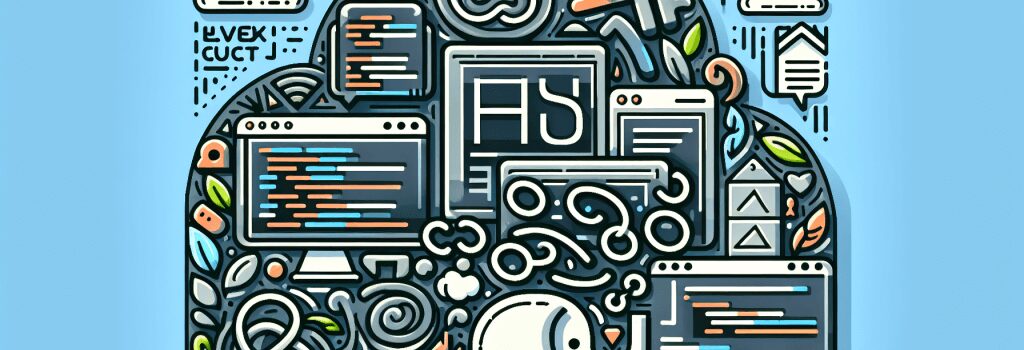Full Stack Web Development: Integrating HTML, CSS, JavaScript, and PHP

Unlocking the Potential of Full Stack Web Development
In the swiftly evolving landscape of web development, mastery of multiple technologies is not just beneficial—it’s essential. Full Stack Web Development brings together the core elements of web creation: HTML, CSS, JavaScript, and PHP, offering a holistic approach to both the front-end and server-side aspects. This article is your roadmap to integrating these technologies seamlessly, ensuring you emerge as a proficient full-stack web developer.
Understanding the Foundations: HTML and CSS
HTML: The Skeleton of the Web
HTML, or HyperText Markup Language, serves as the backbone of any website. It provides the necessary structure, defining elements like headers, paragraphs, and links. For aspiring web developers, becoming fluent in HTML is the first step toward crafting web pages.
CSS: Bringing Style to Substance
CSS, or Cascading Style Sheets, works in tandem with HTML to bring visual flair and design to the raw structure. It allows developers to style elements, control layouts, and ensure that websites are responsive across various devices. A strong grasp of CSS is crucial for those aiming to deliver a compelling user experience.
Enhancing Interactivity with JavaScript
JavaScript breathes life into web pages, enabling dynamic content and interactive elements that respond to user actions. From basic functions like form validations to complex features like interactive maps and animated graphics, JavaScript is the key to creating an engaging web experience. As it operates on both the client and server sides, JavaScript’s versatility makes it a cornerstone of full-stack development.
Powering the Server Side with PHP
PHP stands for Hypertext Preprocessor and is a server-side scripting language designed for web development but also used as a general-purpose programming language. It is particularly powerful in creating dynamic and interactive content by communicating with databases, managing sessions, and handling data. PHP’s wide compatibility with various databases and its role in WordPress development make it a valuable skill for developers focusing on content-driven sites.
Integrating Technologies with WordPress
WordPress, the world’s leading Content Management System (CMS), combines HTML, CSS, JavaScript, and PHP to offer a user-friendly platform for creating and managing websites. Harnessing the power of WordPress allows developers to implement custom themes, plugins, and functionalities, providing a bridge between coding skills and practical web development.
Embarking on Your Journey
Online Courses and Tutorials
The internet is a treasure trove of learning resources for aspiring full stack developers. Engaging in online courses and tutorials that focus on practical projects can accelerate your understanding and application of HTML, CSS, JavaScript, and PHP. Immersive learning through constructing real-world projects furthers your grasp of integrating these technologies seamlessly.
Practice Makes Perfect
The key to mastering full-stack web development lies in consistent practice and the continual building of small projects to larger, more complex ones. Every web development project presents unique challenges and learning opportunities, pushing you to integrate HTML, CSS, JavaScript, and PHP in innovative ways.
Conclusion
Embarking on a journey to become a full-stack web developer is both exciting and demanding. By focusing on the foundational languages of the web and understanding their role in creating dynamic, interactive, and user-friendly websites, you can become proficient in web development. Remember, the path to mastery involves continuous learning, practice, and exploration of new technologies and techniques. Embrace the challenge, and become the architect of your web creations.

